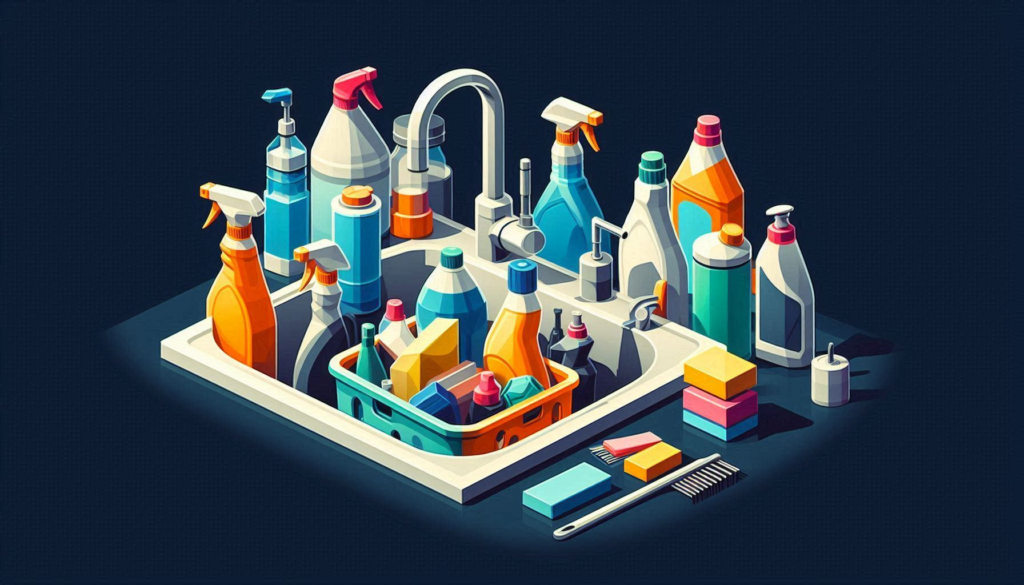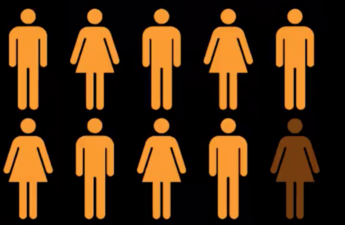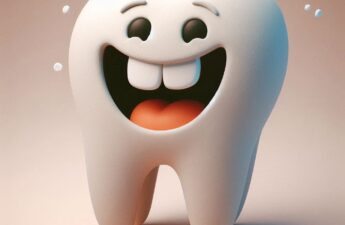
Public Health Insider
Public Health — Seattle & King County
Homes are often our places of comfort. Yet many household items can contain toxic chemicals, including cleaning products, personal care products, pesticides, insecticides, and paints.
Reducing exposure to toxic chemicals makes homes a much healthier place to be. That’s why the Lead and Toxics team at Public Health – Seattle & King County has been supporting King County families with an Environmental Protection Agency Environmental Justice grant-funded Healthy Homes program.
Helping families reduce toxics at home
What can you do to reduce toxic exposure in your home? We worked with community partners to come up with tips and culturally-relevant educational materials about household toxics Eleven dedicated community health workers from partner organizations were key to the success of this program. They developed a Healthy Homes training to help families learn ways to improve indoor living. Some of the tips included:
- Prevent mold by improving ventilation (opening windows and/or using fans) in areas that can be damp – such as bathrooms, kitchens, and basements.
- Reduce exposure to toxic chemicals in cleaning products by reading labels and choosing products with the Safer Choice label.
- Improve indoor air quality by regularly opening windows to allow fresh air to circulate. During wildfire smoke season, improve indoor air quality by using HEPA air purifiers when you can’t open windows.
- Reduce lead exposure by removing shoes before entering homes and regularly damp dusting and mopping floors, windowsills, and other surfaces. (Damp dusting is just what is sounds like – removing dust using a damp cloth or rag).
Community leadership in creating healthier homes
Community health workers also brought education directly into communities. They diligently recruited families living in South King County and provided outreach and education in 12 different languages.
Home assessments were one key piece. During these visits, community health workers looked for mold, indoor air quality issues, and sources of lead exposures, while also advising on safer cleaning practices.
How you can assess your home for toxics
You can conduct a home assessment as well! Here are some key things to look for. Following the tips listed above will help cut down on your exposures.
- Common cleaning supplies – look for words like “Danger,” “Warning,” “Caution,” or “Poison” on the label. These words mean the product can be harmful. Instead, try using safer products that don’t have those words. You can also look for the Safer Choice label – these products will be safer and more environmentally friendly.
- Mold – Check for water stains, peeling paint, or bulging walls and ceilings. Mold likes to grow in damp, dark, and poorly ventilated places, like under sinks or in basements. Mold can be black, green, white or orange. It may appear as spots, patches, or fuzzy texture on surfaces. To remove mold, wear gloves, googles, and a mask to protect yourself. Open windows and doors for fresh air. Scrub the mold with water mixed with soap or vinegar. Dry the area completely so the mold doesn’t come back. To prevent mold, fix leaks and improve air flow.
- Lead poisoning – Lead can be found in homes built before 1978, in old paint, in contaminated soil, and in some imported products like traditional medicine, spices, ceramics, pottery, cosmetics, aluminum cookware, toys, and jewelry. Lead paint can break down and create dangerous dust, especially for children. If you think your family has been around lead, especially if you have kids under six years old, it is very important to talk to your doctor right away.
For more information
You can learn more about how to create a healthy home environment by visiting these links below!
- Indoor air quality and mold: tips on reducing pollutants, managing mold, and ensuring good ventilation.
- Safer choice cleaning products: how to find Safer Choice-certified cleaning products that are safer for your health and the environment.
- Public Health’s Lead & Toxics Program: information about lead exposure and poisoning, and how to reduce the risk to you and your family.
Finally, we want to give a huge thank you to our partners:
Through their efforts, the community health workers reached nearly 400 people from over 75 King County families. These partnerships played a major role in developing and achieving the main goals of this Health Homes Project!
Originally published 9/4/24.


